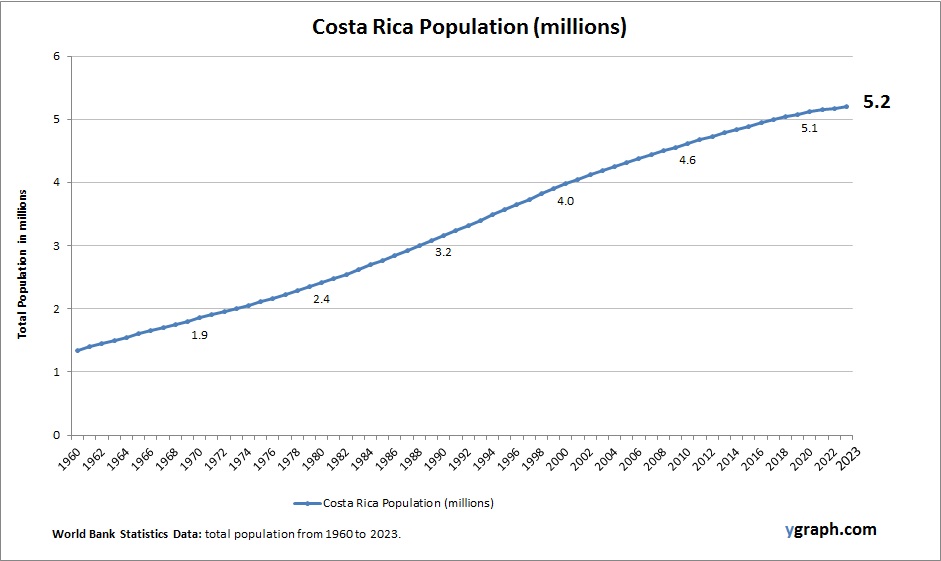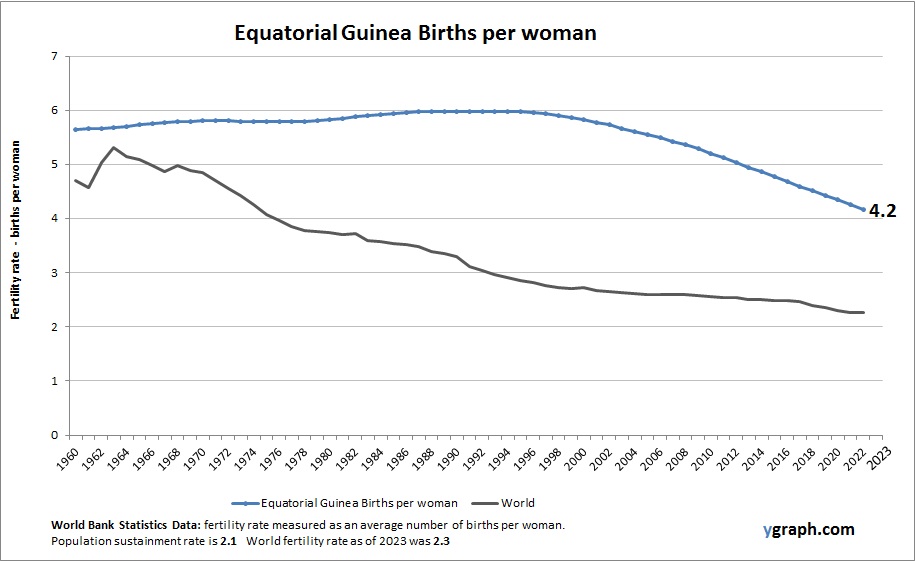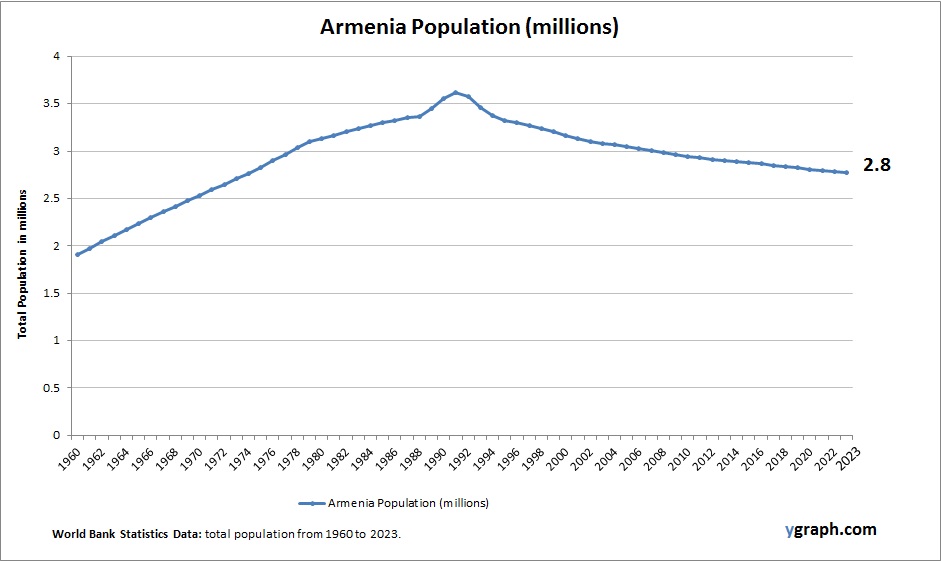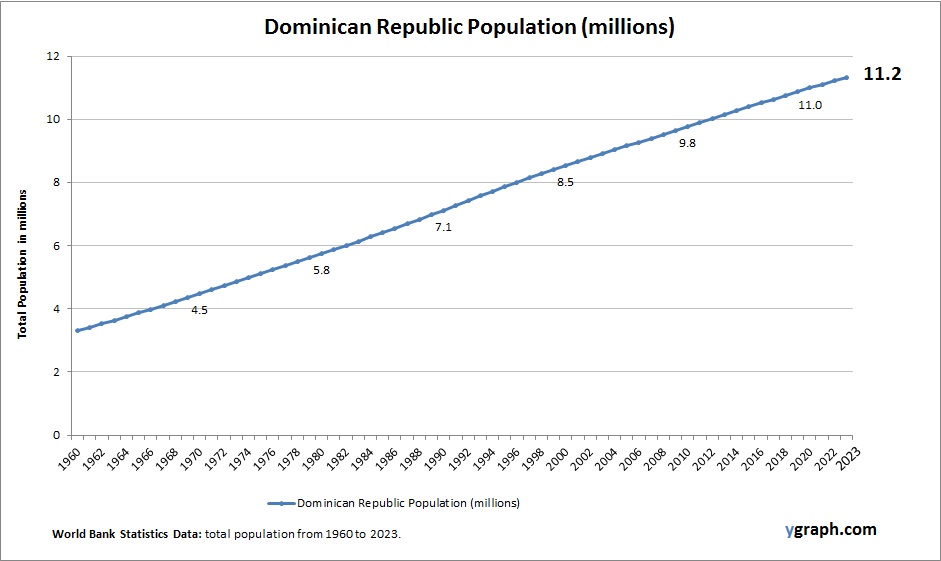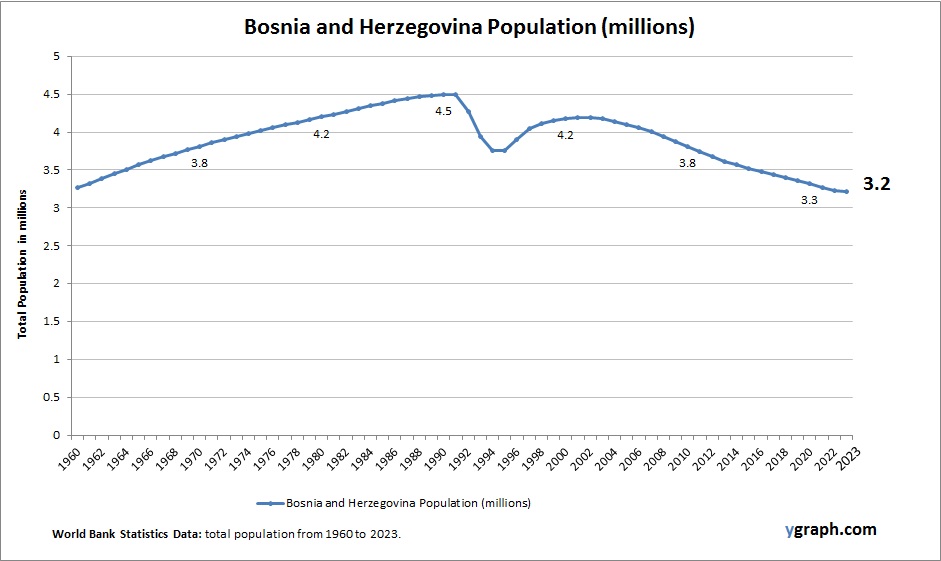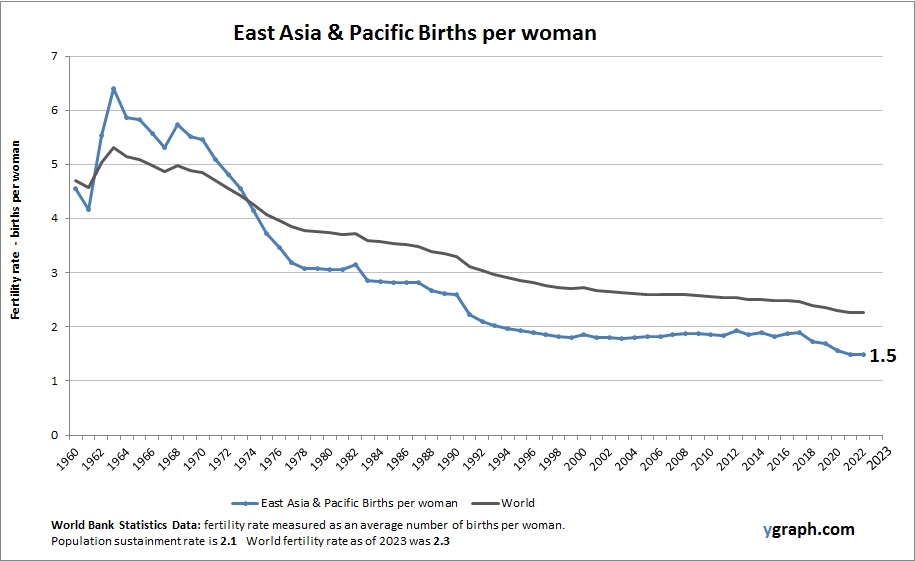This diagram presents Costa Rica Population. This is according to World Bank total population stats. Based on the latest demographics info provided for Costa Rica.
Costa Rica’s population has stabilized in recent years, with a declining fertility rate and increasing life expectancy. The country boasts a strong healthcare system and progressive social policies that support education and gender equality, contributing to demographic shifts. Urban areas are seeing slower growth compared to rural migration patterns, and the aging population is emerging as a new focus for public policy.
